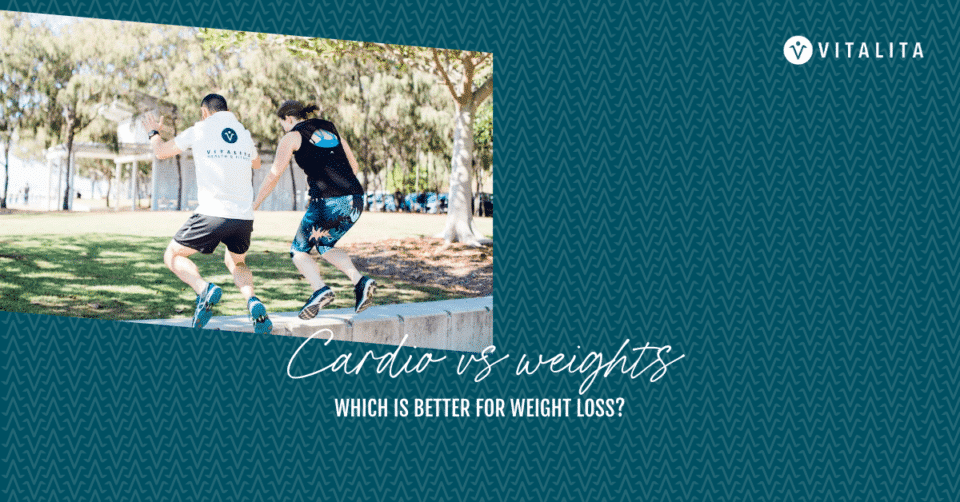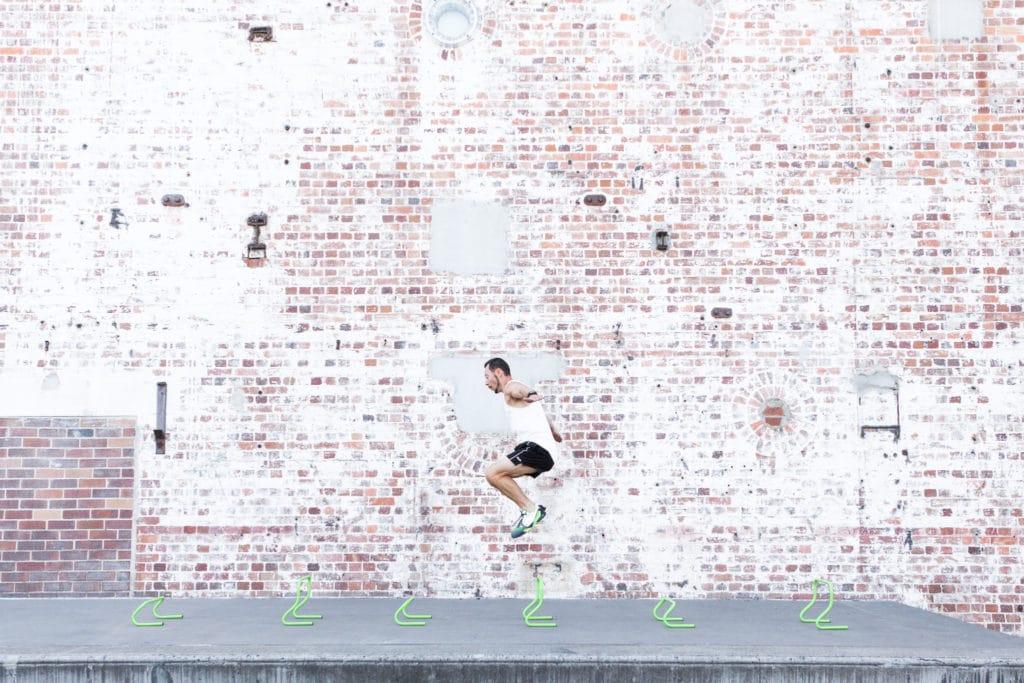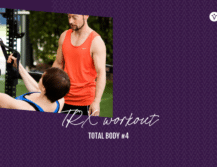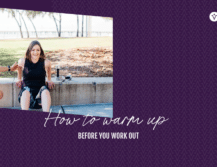
Cardio or weights; that is the question.
Specifically, is cardio or weights better for weight loss?
Often we hear that cardio = weight loss and weight training = muscle gain. But, like so many things in life, it’s not quite that simple.
Feel the burn
For cardio to be effective for weight loss, you need to be working at a very high intensity. So, if you’re chatting on the phone or reading a magazine while you’re peddling on the stationary bike, you get points for multi-tasking but it’s unlikely you’re working at high intensity.
The truth is, it’s about QUALITY not QUANTITY.
You can run, row or ride at a moderate pace for up to an hour or you can workout at a much higher intensity, for a shorter time to achieve the same (or better) results. Yep… you read that right. Less time. Better results. Boom!
When you workout at a higher intensity you’re more likely to enter the EPOC phase (excess post-exercise oxygen consumption). More commonly known as ‘afterburn’, you continue to burn calories after your workout… for anywhere up to 48 hours! You’ll lose fat and see improved muscle tone.
What intensity should you be working out at to achieve maximum afterburn?

Studies show that working at moderate intensity (50-70%) of your maximum heart rate for 30 minutes will burn approximately 40-80 calories (less than a glass of wine or a bag of chips), with minimal afterburn.
The higher the intensity, the longer the session, the longer the afterburn lasts.
To achieve maximum afterburn, swap 30 minutes low-impact, low-intensity cardio for 30-minutes high-intensity interval training (HIIT), aiming to work at 70-90% of your maximum heart rate. HIIT sessions typically include plyometric exercises such as box jumps, squats, burpees, mountain climbers, skipping but may also include some weights.
If you’re not sure how to calculate your maximum heart rate or want to take a maximum heart rate test, get in touch!
Do weights equal weight gain?
Again, yes and no.
If you want to gain muscle, you have to lift weights. But weight training can also lead to weight-loss and may, in fact, be a more effective long-term strategy.
A well-structured, efficient weight training session in which you fatigue your muscles in each set can actually match the afterburn of a cardio workout and boost metabolism for up to 38 hours. Why burn 50 calories per hour while you chill out with a book when you could burn 60 calories? It doesn’t sound like much but over a 38-hour period, that’s an extra 380 calories!
Incorporating regular weight-training sessions will help reduce fat, improve muscle tone and build lean muscle, turning your body into a calorie burning machine! The more lean muscle you have, the more calories your body will burn at rest, making it a sure-fire strategy for sustainable weight loss and management.
So, cardio or weights; which one is more effective for weight loss?
In my opinion, incorporating a combination of HIIT and weight training sessions is the best formula to lose or maintain weight, increase strength and fitness, so you can tackle challenges of everyday life!
If the weight-room makes you nervous or you just don’t know where to begin, we’d love to help you get started. Get in touch.
– Sam –








